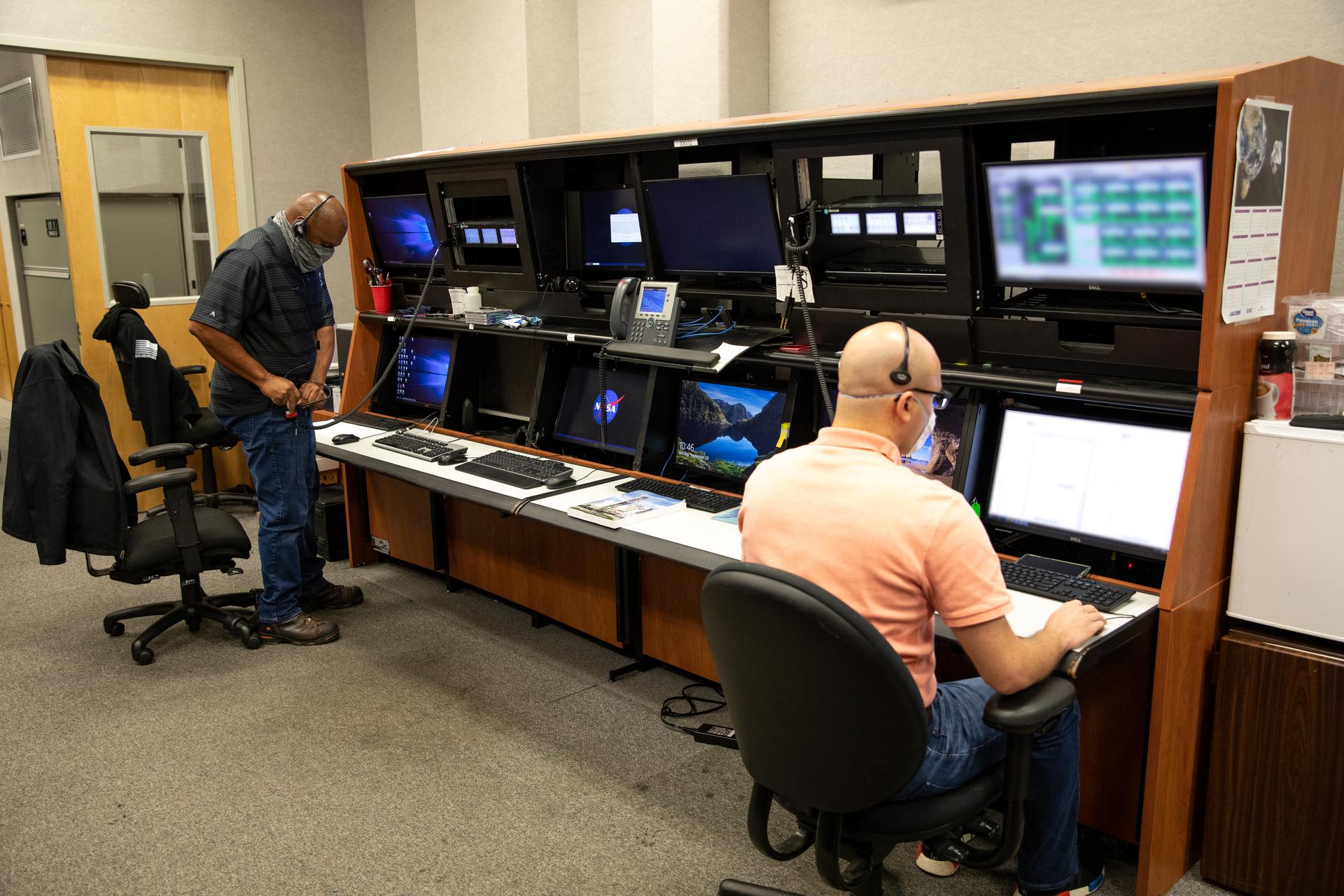
Open Science at NASA
NASA is making a long-term commitment to building an inclusive open science community over the next decade. Open-source science is a commitment to the open sharing of software, data, and knowledge (algorithms, papers, documents, ancillary information) as early as possible in the scientific process.
Open Principles
The principles of open-source science are to make publicly funded scientific research transparent, inclusive, accessible, and reproducible. Advances in technology, including collaborative tools and cloud computing, help enable open-source science, but technology alone is insufficient. Open-source science requires a culture shift to a more inclusive, transparent, and collaborative scientific process, which will increase the pace and quality of scientific progress.
Open science Facts
Learn More About Open Science
NASA’s Transform to Open Science (TOPS) initiative helps people understand and implement open science practices in their own work. This initiative created Open Science 101, a free online training course to give researchers, academics, and the public a practical working knowledge of open science principles.
Take Open Science 101
Why Do Open Science?
● Broadens participation and fosters greater collaboration in scientific investigations by lowering the barriers to entry into scientific exploration
● Generates greater impact and more citations to scientific results

Open Science Features and Events

OCSDO Releases Year in Review 2024 Newsletter
The Office of the Chief Science Data Officer (OCSDO) shared its annual accomplishments in promoting NASA science data discovery and innovation.

NASA Open Science Reveals Sounds of Space
A team from NASA's Chandra X-ray Observatory converts NASA astronomy data to sound, creating "sonifications" for more accessible science discovery.

NASA AI, Open Science Advance Natural Disaster Research and Recovery
NASA's artificial intelligence weather models and open data practices help researchers monitor hurricanes and other disasters.

NASA Funds Open-Source Software Underpinning Scientific Innovation
NASA awarded $15.6 million to 15 projects supporting open-source tools, frameworks, and libraries used by the NASA science community.
















